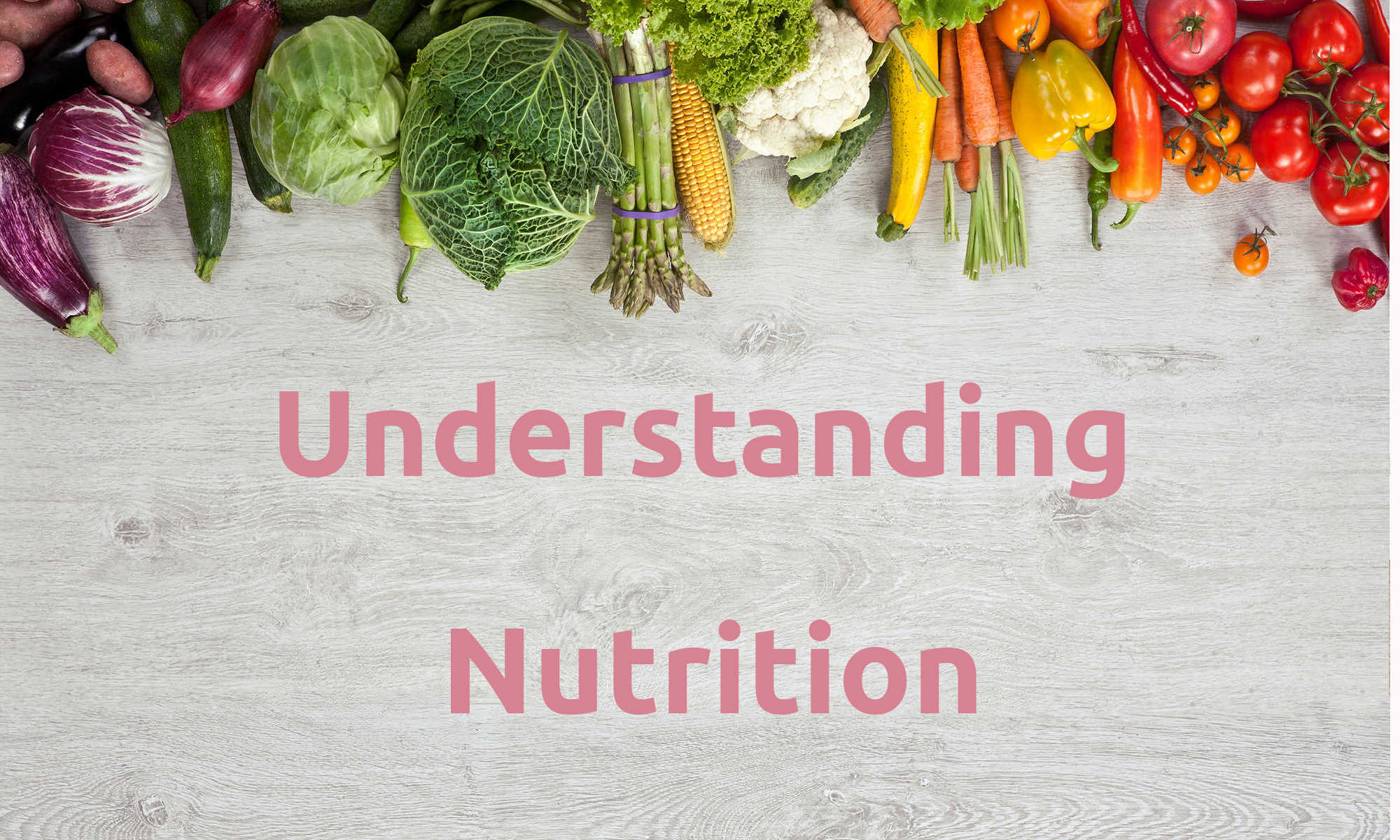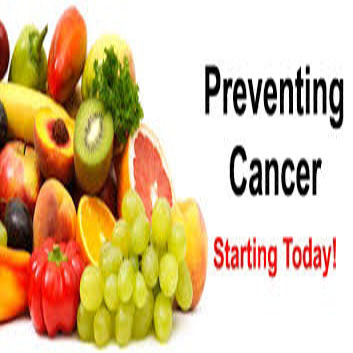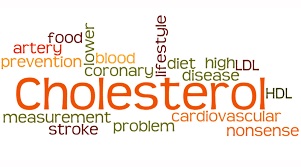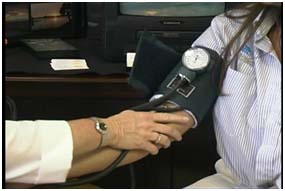
Humans have never been sicker than they are right now. Today we have more drugs, more technology, more medical advances and yet chronic diseases are killing approximately 3 out of every 4 people in the developed world! Continue reading “Four Things You Can Do To Improve Your Health Forever”



